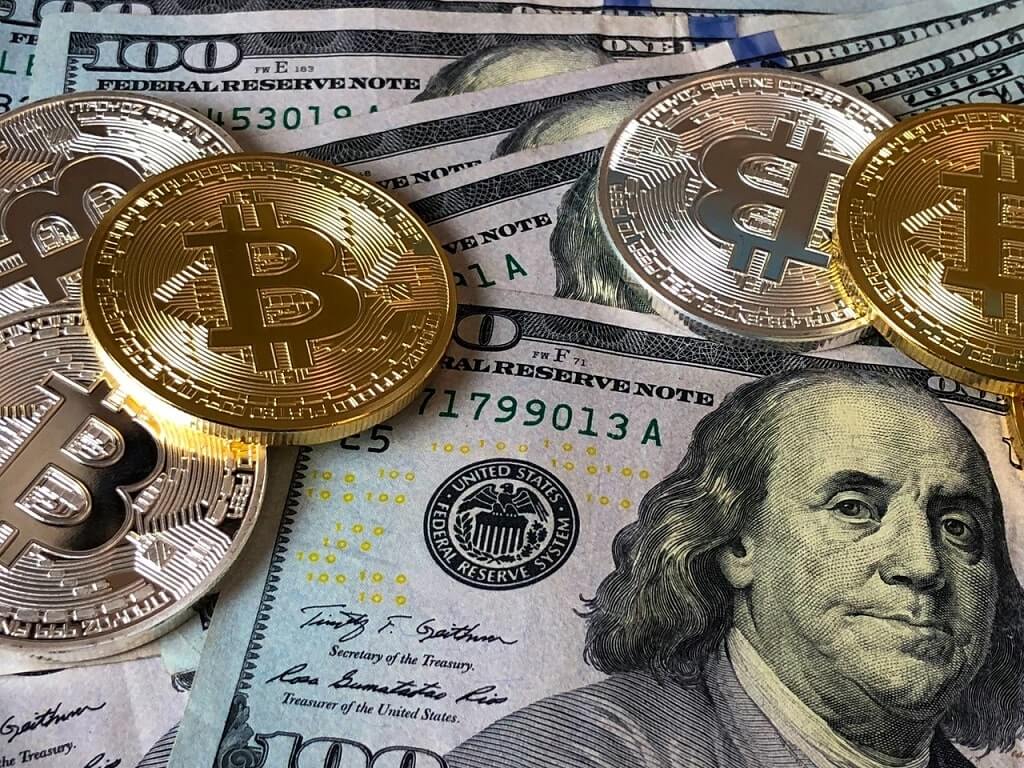Cryptocurrency is a relatively recent phenomenon. In 2008, Satoshi Nakamoto, and we still don’t know who hides under that name, introduced the first cryptocurrency payment system, Bitcoin. Over the years, more than 2,000 types of electronic cash have emerged. What they have in common are anonymity and security, but there are plenty of differences: the speed of transactions, the value of the currency, and the size of transfer fees. There are some good options for the latter, and I will discuss them in a moment.
Solana
The heart of the Solana altcoin (SOL) is in San Francisco. Its creators describe their blockchain as a public payment system available to anyone. It began to grow in popularity in 2020 with the emergence of the Solana Foundation. This organisation has been very successful in popularising its coin. Today several DEFI projects use SOL and the number is growing. According to many analysts, this ecosystem has a great future ahead of it.
Now let’s move on to the numbers. Today, one token is worth 101 USD. In the last year, its value has increased by 266%. This is the best growth rate of any blockchain available. Thanks to the use of a decentralised clock, Solana’s blockchain mining speed is as low as 0.4 mc. This speed is thousands of times faster than Etherium and Bitcoin. According to the creators of the currency themselves, their blockchain is capable of quality processing up to 50,000 TPS per second. The fee for the currency is one of the lowest. It is as low as USD 0.00025. This, combined with the blockchain’s first-level scalability, allows this crypto to be deployed in decentralised, high-bandwidth applications.
Avalanche
Avalanche launched its core platform in 2020. It is open-source to run feature-rich, decentralised applications and interoperable blockchain networks. Anyone can do so. Avalanche is essentially a copy of the Ethereum blockchain but has some unique features. The transaction approval speed is less than two seconds. No other known cryptocurrency can boast of this. Another distinguishing feature of Avalanche is its high security. Even if most of the hard drive is affected by viruses, the AVAX coin remains protected.
The transaction fee in Avalanche is provided as part of the anti-spam measures. The basic fee on Avalanche ranges from 25 nAVAX to 1000 nAVAX. The final fee per transaction depends on the type of transaction. C-Chain uses a specific algorithm to determine the fee. It can be reduced if the network usage is lower than the target rate and increased if it is higher. The fee is automatically deducted from one of the user’s addresses, after which it disappears forever.
BNB (Binance coin)

BNB token is the Binance Chain ecosystem’s cryptocurrency. It was launched in 2017. BNB has long been one of the world’s most well-known tokens. It can be used to pay for services and goods, be used on the Binance exchange to pay fees, and sell tokens on Binance Launchpad. For those users who use this token as a trade commission payment, there is an incentive in the form of a 50% discount for one year. The total number of BNB tokens is 200,000,000. To reduce their number to 100,000,000, Binance invests up to 20% of its revenue each quarter to redeem and burn BNB.
There have been ups and downs in the history of this cryptocurrency. The historic high for the currency is November 6, 2021. On that date, 1 BNB was valued at 651 USD. Thereafter, its value began to decline and by April 2022 it reached 410 USD. To increase the liquidity of its token, the exchange encourages users by reducing fees. Regular traders, whose daily transactions reach large volumes, benefit the most. Their base fee is immediately reduced by 25% to 0.075. For other exchange members, there is a 0.1% fee.
XRP (Ripple)

The first XRP (Ripple) was issued in 2012. As conceived by its creators, Ripple is a decentralised payment system for exchanging assets, including between banks and financial institutions. Ripple has its coin called XRP. It can only be purchased in the Ripple system for cash or cryptocurrencies. XRP is divided into one million drops. A total of 100 billion XRP have been issued. It is currently one of the top cryptocurrencies. Many national banks use it for mutual settlements with banks in other countries.
The average transaction speed for this coin is 4 seconds. A fee of 0.00001 XRP is charged for each transaction in a “foreign” currency. There are cases where the fee varies. For example, if the user increases the speed of transactions to several thousand per minute, the fee also increases. When the user’s speed decreases it decreases. The deducted commission is burned off and the total number of coins decreases.
Matic
Matic is Polygon’s working cryptocurrency (known as Matic Network until 2021). Polygon’s platform creates a second-level blockchain. This means that any user can create their blocks. At its core, Polygon offers an improved environment for Ethereum and other independent blockchains to create a complete system. It spares users from high fees and low transaction speeds.
The total number of Matic tokens is 10 billion tokens. This coin is backed by the PoS method. It allows for revenue calculated from its total number. Users storing Matic tokens are participants in the transaction capture process. This means that new tokens cannot be mined.
Matic shows its stability. Its exchange rate has been at the same level for years. From the end of 2021, an average of 1.5 USD can be obtained for a single Matic. With a huge number of transactions per day, this cryptocurrency will help solve the problems with the number of commission fees. Its undeniable advantage is the minimum commission, which is hundreds of times lower than Ethereum.
